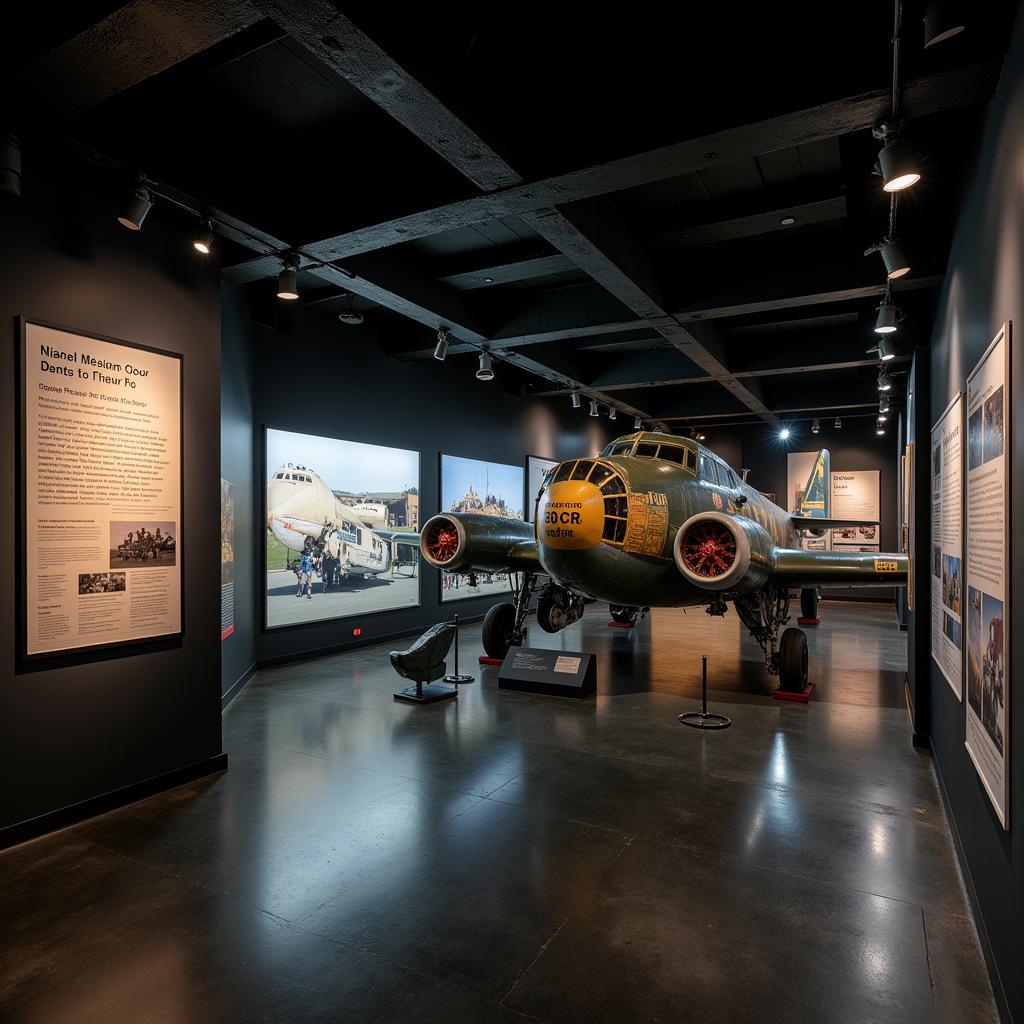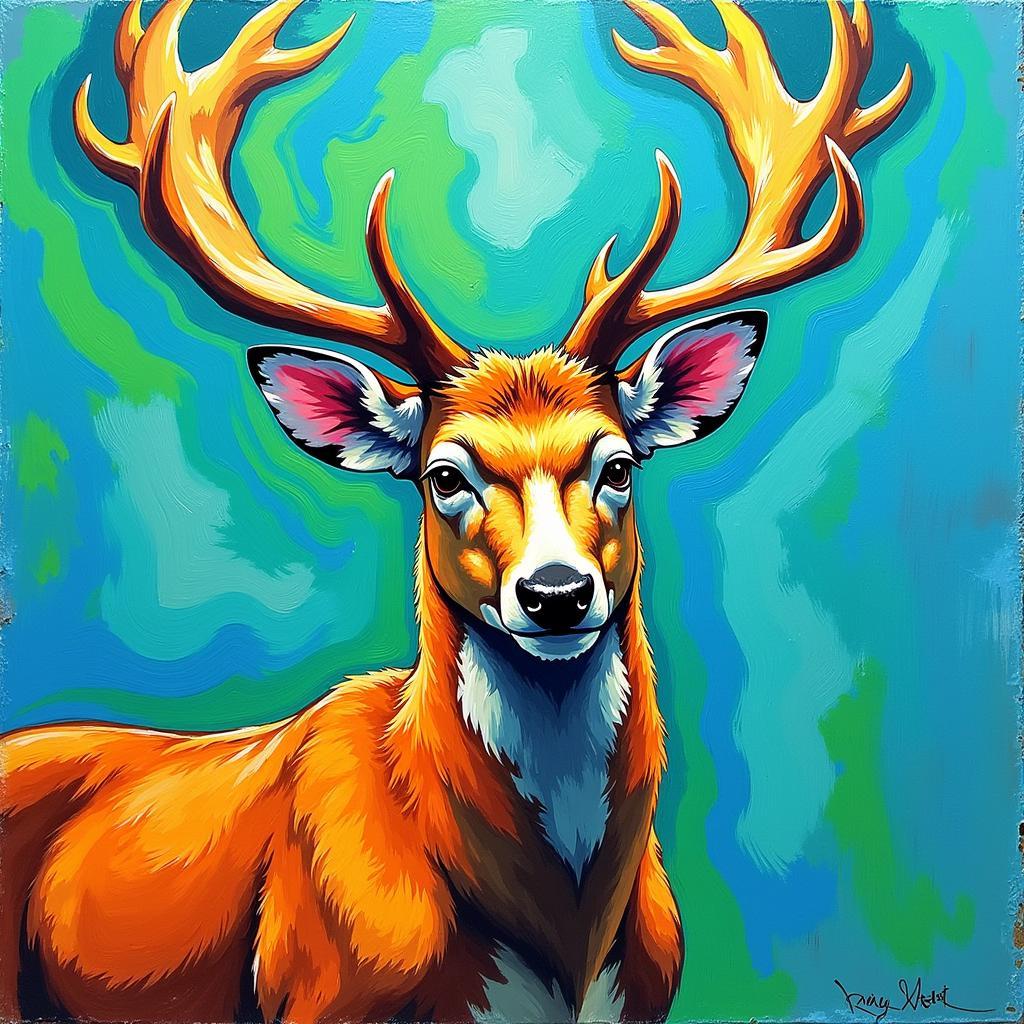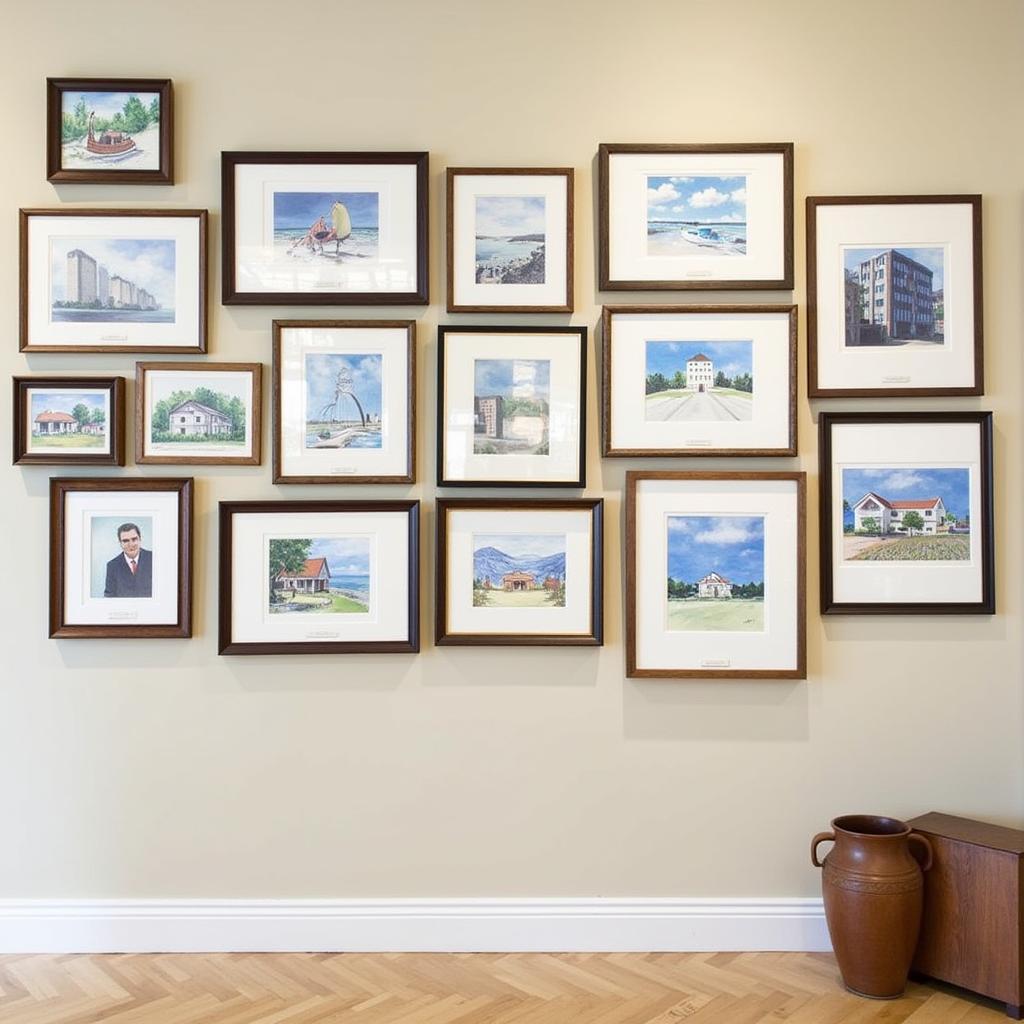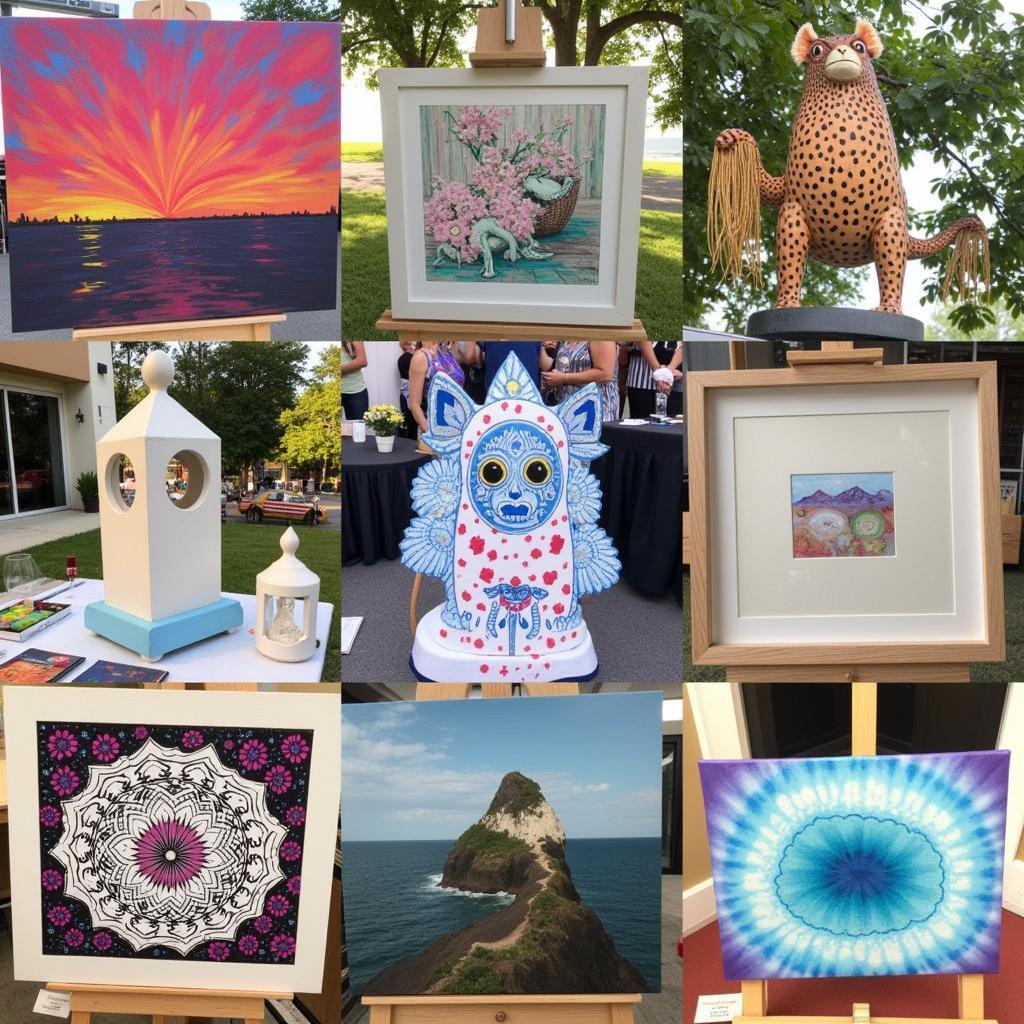World War Two Aircraft Art: A Legacy of Creativity and Courage
World War Two Aircraft Art, often referred to as nose art, represents a unique intersection of military history and artistic expression. These vivid, often daring, paintings on the noses of fighter planes and bombers offer a fascinating glimpse into the lives and spirits of the airmen who flew them.
The Origins of WWII Aircraft Art
While the practice of decorating aircraft predates World War Two, it was during this global conflict that nose art truly flourished. Early examples were often inspired by military heraldry or squadron emblems. As the war progressed, however, pilots and crews began to personalize their planes with images that reflected their individuality, hopes, and fears.
Pin-Ups and Popular Culture in Aircraft Art
 World War Two Aircraft Pin-Up Nose Art
World War Two Aircraft Pin-Up Nose Art
One of the most enduring and recognizable forms of World War Two aircraft art is the pin-up girl. These glamorous, often suggestive, figures served as a powerful reminder of home and a source of morale for the men far from loved ones.
Beyond pin-ups, popular cartoon characters, Hollywood starlets, and even images drawn from mythology all found their way onto the noses of wartime aircraft. These designs reflected the pervasive influence of popular culture on the men who fought in the skies.
Why Was Nose Art So Prevalent in WWII?
“Nose art provided a powerful sense of identity and camaraderie among aircrews,” explains Dr. Emily Thompson, a military historian specializing in WWII aviation. “It was a way for these young men to humanize their machines and express their individuality in the face of extraordinary danger.”
Beyond Decoration: The Practical Significance of Nose Art
While aesthetically striking, World War Two aircraft art also served practical purposes.
- Identification: In the heat of battle, nose art could help pilots and gunners quickly identify friendly aircraft.
- Morale: The presence of familiar and comforting images on their aircraft undoubtedly boosted the morale of aircrews.
- Superstition: Many pilots and crews believed their nose art brought them luck and protection in the air.
The Legacy of World War Two Aircraft Art
Though often considered a product of its time, the legacy of World War Two aircraft art continues to resonate today. Preserved aircraft with their original nose art intact are highly prized by museums and collectors. These flying canvases offer a tangible link to a pivotal moment in history and serve as a powerful reminder of the human stories behind the conflict.
Exploring the World of WWII Aircraft Art
For those interested in delving deeper into this fascinating subject, there are a wealth of resources available:
- Museums: Many aviation museums around the world have dedicated exhibits showcasing World War Two aircraft and their accompanying nose art.
- Online Galleries: Numerous websites and online archives offer extensive collections of photographs and information about wartime aircraft art.
- Books and Publications: A growing body of literature explores the history, significance, and artistic merit of World War Two aircraft nose art.
World War Two Aircraft Art: A Testament to the Human Spirit
Ultimately, World War Two aircraft art stands as a testament to the resilience of the human spirit even in the darkest of times. These vibrant and often poignant paintings serve as a timeless reminder of the bravery, camaraderie, and longing for home that defined a generation.
Interested in learning more about the art of flight? Explore these related topics:
FAQs:
1. What were the most popular themes for World War Two aircraft art?
Popular themes included pin-up girls, cartoon characters, animals, patriotic symbols, and nicknames.
2. Who created World War Two aircraft nose art?
The artists were often self-taught members of the aircrews themselves or talented ground crew members.
3. Was World War Two aircraft art unique to any particular country?
While most associated with the United States Army Air Forces, nose art appeared on aircraft flown by various nations during the war.
4. What happened to aircraft nose art after the war?
Sadly, much of it was lost as aircraft were scrapped or repainted. However, preservation efforts have ensured that many examples survive today.
5. Where can I see World War Two aircraft art in person?
 WWII Aircraft Nose Art Museum Exhibit
WWII Aircraft Nose Art Museum Exhibit
Many aviation and military museums around the world have dedicated exhibits featuring World War Two aircraft and their accompanying nose art.
For further exploration of related themes, consider these topics:
Looking for information on specific aircraft? Discover the captivating world of b25 nose art and delve into the stories behind these iconic planes.
Need help with your art journey or looking for expert guidance? Contact us at Phone Number: 02462573573, Email: danteum@gmail.com, or visit us at Savico Megamall, 7-9 Đ. Nguyễn Văn Linh, Gia Thụy, Long Biên, Hà Nội 10000, Việt Nam. Our dedicated customer support team is available 24/7 to assist you.


